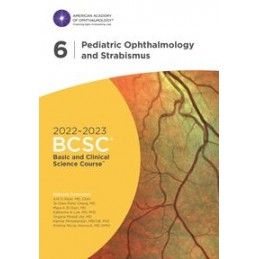- Obniżka


 Dostawa
Dostawa
Wybierz Paczkomat Inpost, Orlen Paczkę, DHL, DPD, Pocztę, email (dla ebooków). Kliknij po więcej
 Płatność
Płatność
Zapłać szybkim przelewem, kartą płatniczą lub za pobraniem. Kliknij po więcej szczegółów
 Zwroty
Zwroty
Jeżeli jesteś konsumentem możesz zwrócić towar w ciągu 14 dni*. Kliknij po więcej szczegółów
Opis
Indeks: 93714
Autor: Stephen J. Kim
Indeks: 93713
Autor: M. Bowes Hamill
Indeks: 93715
Autor: Linda M. Tsai
Indeks: 93719
Autor: Bobby S. Korn
Indeks: 93718
Autor: Robert W. Weisenthal
Indeks: 93716
Autor: Angelo P. Tanna
Indeks: 93717
Autor: H. Nida Sen
Indeks: 93721
Autor: M. Tariq Bhatti
Indeks: 93722
Autor: Nasreen A. Syed
Indeks: 93723
Autor: Scott E. Brodie
